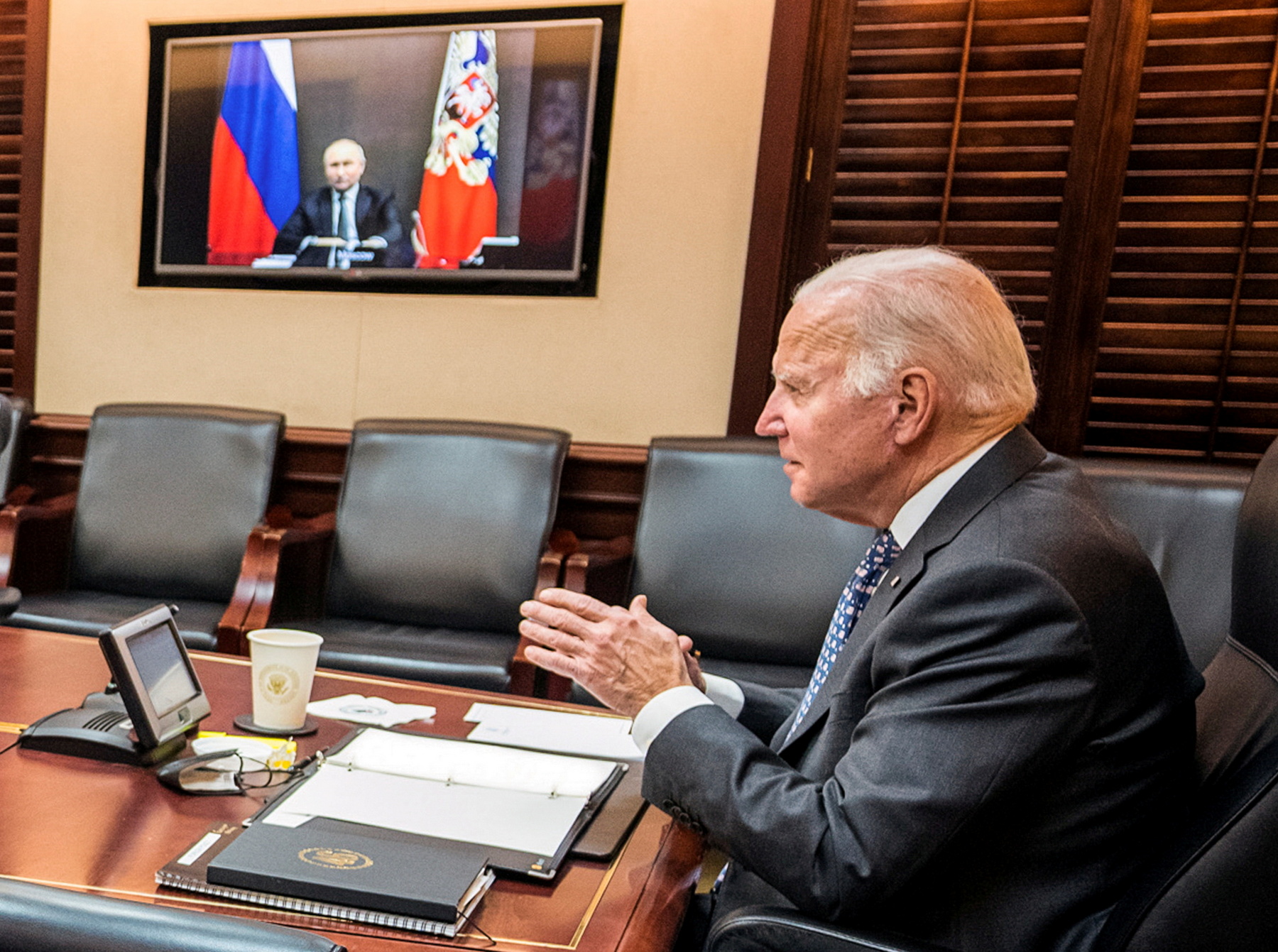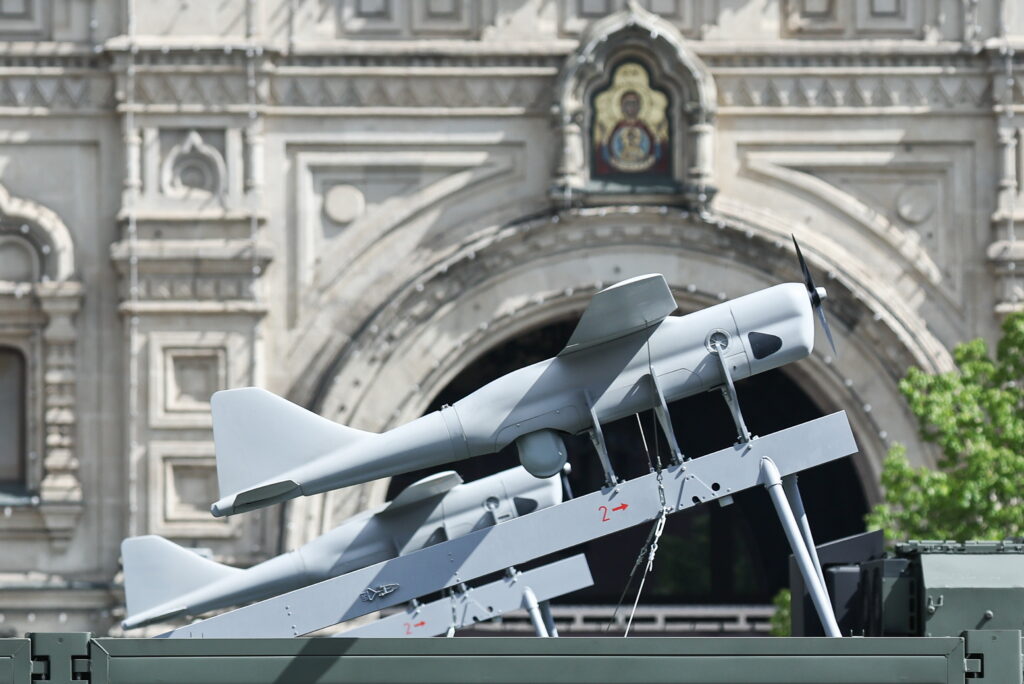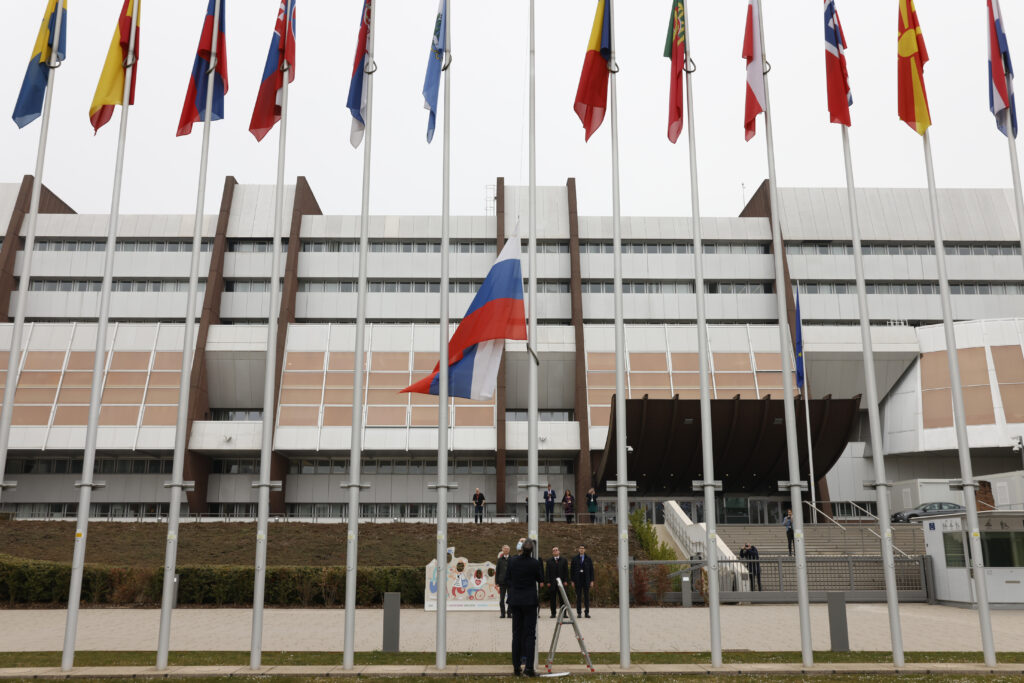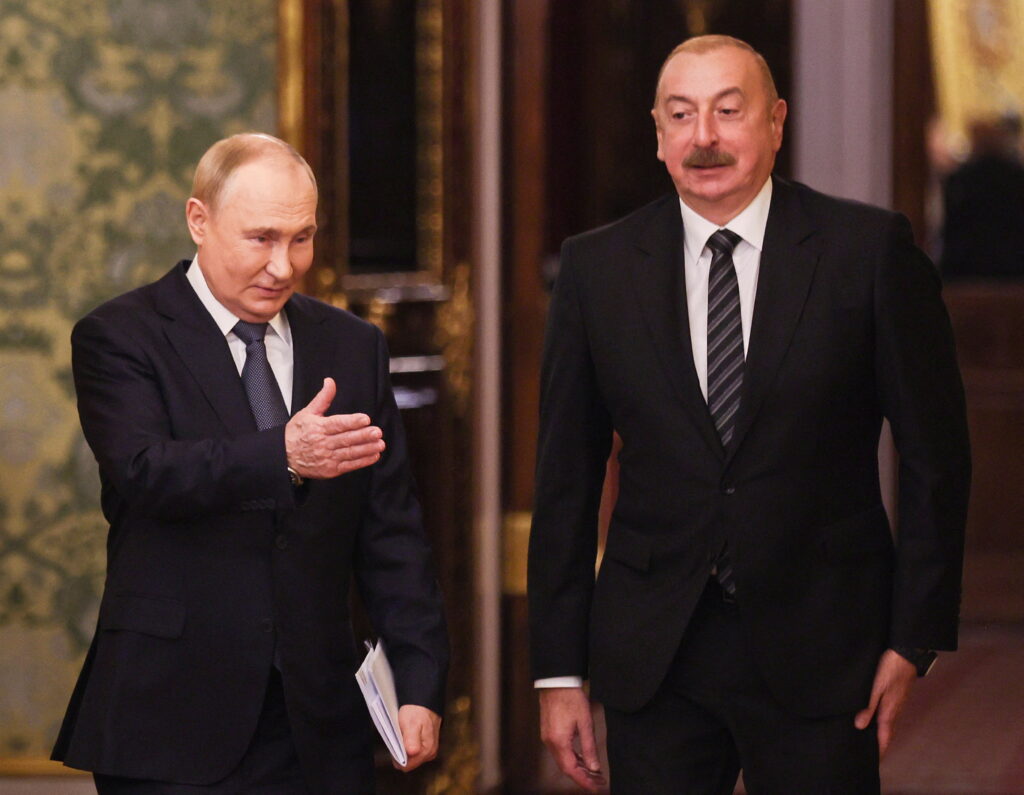With its troops still massed on the Ukrainian border, Russia has captured the headlines of western news outlets in a way not seen since 2015. In the US and across the EU, pundits and more specialist Russia watchers have been loudly praising or condemning President Biden for engaging with Vladimir Putin in an e-meeting to cool tensions. The references to the days of Cold War brinkmanship are coming thick and fast.
Since that video call on December 7th, tensions have not abated. In fact, Moscow has continued to roll out its demands to the NATO alliance while G7 issues warnings of “massive consequences and severe cost in response” for further military aggression towards Ukraine. Military analysts continue to weigh in on the probability of a large-scale advance into Ukraine while Russian officials reiterate the urgency of conciliatory actions from NATO counterparts. Clearly, we are looking at a rapidly moving picture, which makes firm conclusions at this point very tricky. We are however capable of distilling a few facts.
Talks will intensify
Back in March 2014, after Russian troops took control of the Crimean Peninsula, President Obama announced plans to take economic and diplomatic steps to isolate Russia. Although it was only achieved symbolically and for a brief period of time, it is reasonable to assume this policy is no longer guiding Washington’s thinking. The Putin-Biden e-meeting this December will not be the last one and most likely will produce an entire series of talks in various formats. Putin has already voiced his desire to see President Biden in person. Aside from that, there is the NATO agenda of what could be a set of «5+1» talks with the US, UK, France, Germany, Italy representing NATO and Russia on the other end. Add to this a likely subset of talks on Iran, plus possibly some dialogues on cybersecurity and non-proliferation, we might be looking at a radically intensified degree of engagement come 2022.
While Biden is being criticized for agreeing to even discuss Russia’s concerns over NATO enlargement and European security in general, Moscow’s own policy community views the agreeing to a conversation as a highly positive development that could prompt de-escalation down the line. It is however too early to tell whether the promise of dialogue alone would lead to de-escalation on the part of Russia, and whether there will be at least a partial return of troops currently located by the Ukrainian border back to their bases. Even so, more talks is already something to note (this is a sad indication of how low the relationship has stooped). So the return of full functioning of diplomatic missions in itself would be a highly important indicator of both US and Russian intentions and resolve.
Rethinking the Russia-NATO status quo
Russia’s list of demands towards NATO is substantial. Aside from denouncing an agreement to incorporate Ukraine and Georgia into the alliance, Russia wants legal guarantees that NATO will not deploy certain weapons in the proximity of Russia (both on NATO and non-NATO soil). Russia is also seeking to limit the amount of military exercises near its borders; and it even demands to bring back the INF missile agenda into the mix.
How far will these demands be met? In some cases, not very far. We can safely assume that no legal guarantees ruling out Ukraine and Georgia’s accession to NATO would be given; it would demand amending Article 10 of the Treaty. But what could be theoretically possible is discussing a joint Russia- NATO commitment not to deploy certain weapons, or not to stage certain types of military exercises in an agreed proximity to the respective borders of Russia and NATO. Think of it as a new reading of the Treaty on Conventional Armed Forces in Europe, albeit on a much smaller scale.
Naturally, this would demand reciprocity and a valid system of verification. To say the least, it require Russia to withdraw a lot of hardware from its Northwest border near the Baltic states and raise the question of what to do with the “fortress Kaliningrad” and its hardware currently located on the Crimean Peninsula. But considering it is Russia that is worried about NATO approaching its borders, Moscow should be ready to come up with a compromise on its end.
Then again, concessions on either side cannot be counted on. The low levels of trust and an anticipated pushback from Central and Eastern European NATO members means that this more conciliatory agenda would be hard to push through. But given Biden’s agreement to have this conversation, we should anticipate at least some symbolic alterations to the existing status quo. Russia has been eyeing a conversation about the basics of European security for at least the last 13 years now; allowing the Kremlin to let out all what is on its mind is less painful than remaining principally opposed to dialogue.
US is a part of Minsk
Since his December 7th discussion with Putin, Biden has made a number of signals about the US position towards Ukraine. What was already known but important to make visible again for both Moscow and Kyiv was the US administration’s semi-public assurance that Ukraine is not going to be accepted to NATO in the next decade. Equally, Biden confirmed that no US troops (NATO too) would be sent to Ukraine. Hardly surprising words, perhaps, as it feeds into Washington signaling a need to counter Russia’s “Georgia 2008” narrative. In other words, Washington reiterated that Russia’s military advance would be deterred by sanctions and only afterwards as military support to Ukraine.
Biden has also indicated that Washington would be supporting measures to unblock the Minsk peace process by pressing Kyiv to cede a measure of autonomy within its eastern Donbas region. Here, it is expected that Victoria Nuland will come back to her role on the Donbas peace process alongside Dmitry Kozak.
As Moscow notes, it will consider Washington is helping with Ukraine right from when Kyiv begins to incorporate The Steinmeier Formula into Ukrainian law. There are still discrepancies in how Kyiv and Moscow see the phasing of Donbas reintegration. Yet perhaps the upcoming visit of Assistant Secretary Donfried to Moscow and Kyiv on December 13-15 is aimed at addressing that too.
So far, the follow up of the December Biden-Putin meeting seem to at least give a hearing to all of Russia’s core concerns. But as long as Russian troops sit near the border with Ukraine, a possibility of a radical increase in violence cannot be excluded. Taking that into account, the next couple of weeks might prove to be defining for whether 2022 would become the year we have avoided or embarked on a major war.










